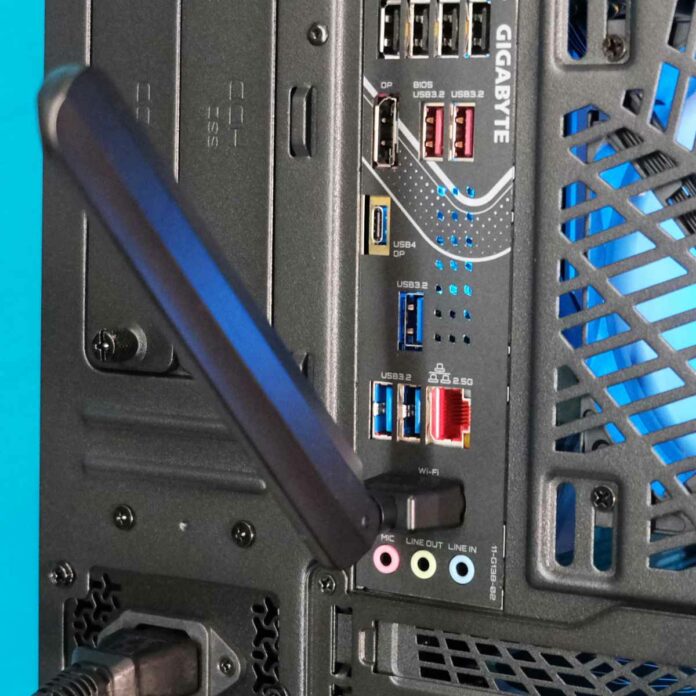Although WiFi 7 hasn’t been around too long, gracing new motherboards and routers just this year, we’ve always got one eye peering past the latest technology to see what comes next. It turns out that WiFi 8 is already on the distant horizon, but instead of amping up the bandwidth, it’ll focus on tweaks and optimisations to make connections more reliable.
MediaTek’s Filogic wireless division, via PCWorld, says not to get your hopes up for faster speeds, as WiFi 8 will look nearly identical to its predecessor. The firm believes it’ll use the same modulation, like-for-like frequency bands, including 2.4GHz, 5GHz, and 6GHz, and a maximum physical layer (PHY) rate of 23Gb/s. Naturally, these speeds are theoretical, as even lab experiments don’t achieve 100% at any given time.
Rather than peak throughput, enhancements will revolve around effective throughput, optimising coordination between access points and connected devices. This all comes down to communication from your PC, phone, or console to multiple access points, which is particularly handy as mesh systems are more common than ever. It’s even the star of our November 2024 giveaway.
One such proposed feature is Coordinated Spatial Reuse (Co-SR). Evolving the original SR that debuted with WiFi 6, next-generation devices will be able to regulate their power output, combating problems involving communication between access points when one reduces power in response to nearby devices. MediaTek claims preliminary tests “increase the overall system throughput by 15% to 25%.”
Similarly, Coordinated Beamforming (Co-BF) beefs up the original WiFi 5 feature, better directing signals toward devices in the chain rather than those outside of it. Currently, it’s all too easy for signals to pass in the wrong direction, blocking connections around the house. MediaTek expects another 20% to 50% improvement in reliability between a Control access point and single Agent within a mesh network setup.
Dynamic Sub-Channel Operation (DSO) already exists on current routers to prioritise bandwidth dynamically depending on a device’s capability. For example, if your PC uses WiFi antennas to increase connection speeds, supported WiFi 7 routers may allocate it a subchannel to download the same file faster than another rig on the same network. WiFi 8 will use a similar approach but give different access points within a mesh system the option to select what to do based on device information, resulting in up to 80% higher data throughput.
Finally, MediaTek hopes to introduce a more granular approach to data rates so you don’t notice large drops in streaming quality as you move around. A wider variety of coding rates can improve overall transmissions by between 5% and 30%, meaning less buffering and more time spent enjoying the things you watch no matter where you are in your home.
Nothing’s set in stone just yet, as WiFi Alliance will confirm the final specification around September 2028. You also shouldn’t have any regrets if you’ve already purchased a motherboard with WiFi 7, such as Gigabyte Z890 Aorus Pro Ice or MSI MEG Z890 Unify-X. It’ll remain the best standard for at least the next four years and undoubtedly be forward-compatible anyway, as all variations have been so far. You’ll only miss out on these potential improvements.


